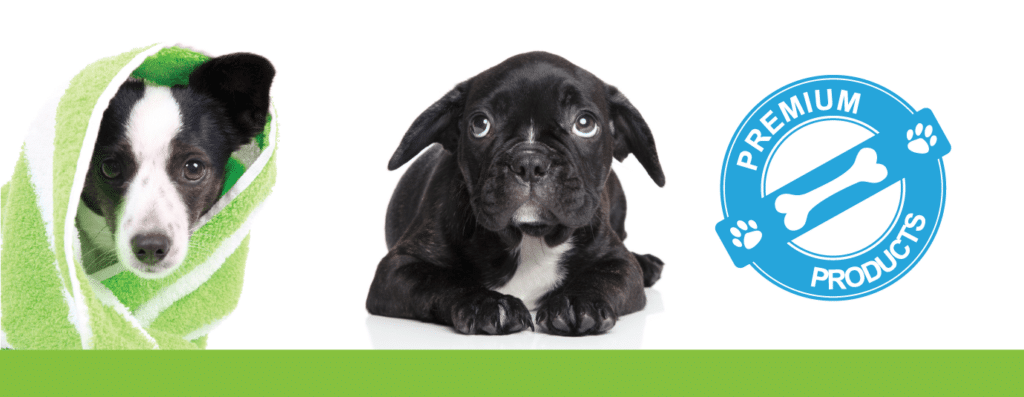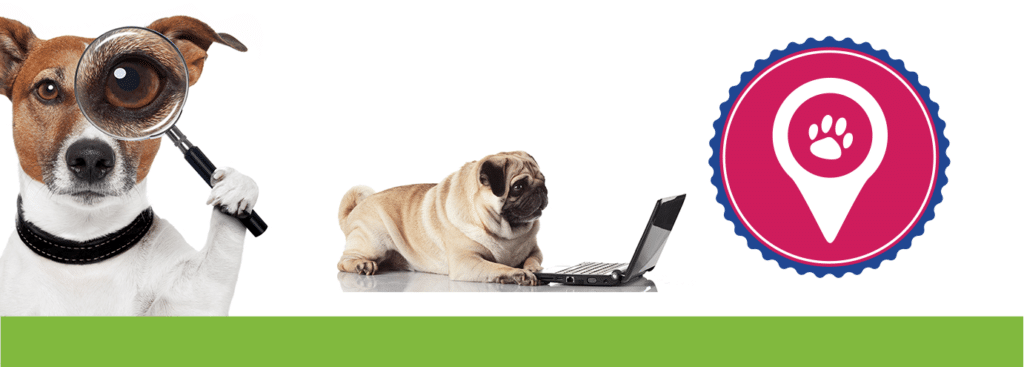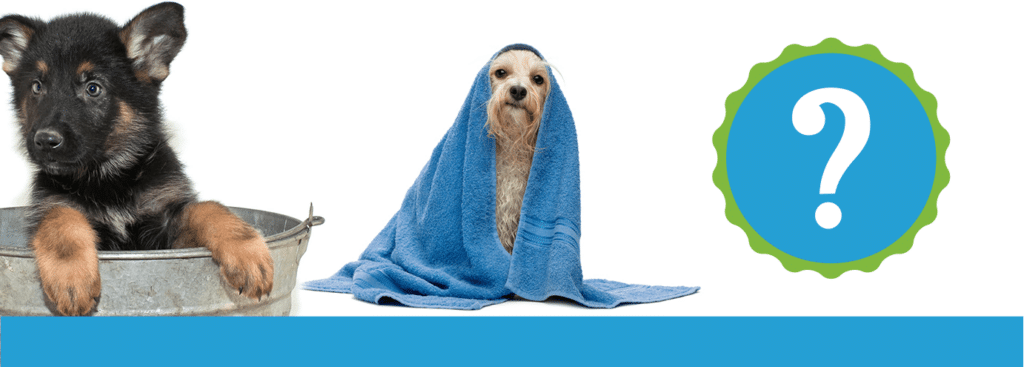One of the most vital parts of maintaining a dog\’s health is to make sure their dental hygiene is optimal. The old saying, ‘a dog\’s mouth is cleaner than a human\’s mouth’ is not technically true. Both humans and dogs have natural flora—different species of bacteria that regulate the health and balance of the mouth by competing for resources. Both species\’ mouths have their fair share of bacteria. It is important for pet parents to brush their dog\’s teeth regularly. Teeth brushing keeps plaque and tartar buildup from occurring.
Dogs are less prone to cavities than humans but can still develop dental diseases like gingivitis. Dental complications can lead to even more serious illnesses like gum infections, kidney, liver, and heart disease.
This article will discuss the best veterinarian approved methods of keeping your dog\’s smile nice and healthy.
How to Clean Your Dog\’s Teeth
The Right Time, Temperament, and Position
Choose a time when your dog is the most relaxed and calm. Try teeth brushing after a walk or exercise so your dog is not hyper. If your dog is not accustomed to teeth brushing you will want to wait until the best moment.
Sit or kneel in front or to the side of your dog. Do not stand over your dog avoiding taking an intimidating or threatening position. It might take a few attempts before your dog reaches a comfort level with the process to let you get a thorough brushing in.
Use the Right Tools
The best toothbrush to use is a doubled-headed brush with bristles pointing at a 45-degree angle that can brush below the gum-line. Dog toothbrushes are softer than human toothbrushes.
Never use human toothpaste on a dog! Human toothpaste can have harmful ingredients that are toxic to dogs. Only use canine toothpaste and try and find a flavor that your dog likes. This will make teeth brushing less painstaking. All dog toothpaste are regulated by the AAFCO.
Methods for Teeth Brushing
Once you have found the right brush and toothpaste that your dog enjoys you can begin to familiarize them with the process of teeth brushing.
Lift your dog\’s upper lip and hold the brush at a 45-degree angle pointing downward toward the gums. Use a circular motion to gently brush against each tooth. Brush all the way down to the gum to remove all plaque.
Light bleeding along the gum line is normal during the first few times brushing. If bleeding is excessive stop and seek out veterinary assistance. Excessive bleeding could be a symptom of periodontal disease.
Consider Having a Grooming Professional Brush Your Dog\’s Teeth
A big part of the convenience of using a professional groomer is having them take care of your dog\’s hygiene, coat, and dental health. A reputable dog groomer should have the training to help assist in preventative care for your dog. This includes being able to brush a dog\’s teeth regularly and correctly.
Not only should a dog groomer have the professional eyes to brush your dog\’s teeth, but they should be able to spot any medical implications and let you know so you can schedule a visit to the vet.
Dog groomers are trained to work with dog\’s that have anxiety problems with foreign experiences. They will be able to comfort and reassure your dog.
End With a Treat
For dogs, all learned or modified behavior is best acquired through positive reinforcement dog training. When a dog engages in wanted behavior, give them a treat to reinforce this. Even if your dog is anxious or stressed during the teeth brushing give them a treat afterward. This will help your dog to perceive their teeth brushing with a positive association.
How Much Does Dog Teeth Cleaning Costs?
Common dog dental treatments are different than just regular teeth brushing. A veterinary dental cleaning usually requires anesthesia and X-rays which can be expensive. Depending upon the area you live also affects the average cost of dental cleaning. If you live in a high-cost area like a metropolis city, it can be more expensive. Most veterinarians quote cleanings in the range between a few hundred and up to a thousand dollars depending on the circumstances.
The Vet Cleaning Process
The whole cleaning usually takes between 45 minutes to an hour. A veterinarian will conduct a physical examination to evaluate whether it is safe for your dog to receive anesthesia. Your dog will be sedated, intubated to maintain a clear respiratory tract, administered oxygen and anesthetic gas. An intravenous catheter will also be administered to support high blood pressure and fluids to regulate organ health.
Then the teeth cleaning begins.
An ultrasonic scaler—a tool that vibrates at high speed removing large chunks of plaque—is used on all four sides of the tooth. A hand scaler is then used to clean under the gumline. The vet dentist then polishes teeth and uses dental probes to determine the depth of pockets found between the tooth and the gum. Abnormally large pockets are a symptom of periodontal disease.
How Often is Veterinary Cleaning Necessary?
Teeth brushing needs to happen frequently. More-in-depth veterinary cleanings should take place every six months on average.
Pet experts agree that the more preventative care your dog receives, the less frequent these deep teeth cleaning treatments need to happen. Discuss a plan-of-action with your vet for a personalized strategy.
Signs your dog is due for a cleaning are bad breath, gum bleeding, and trouble eating.
Is Anesthesia Free Dentistry a Good Option?
There are two schools of thought when it comes to sedation-free dentistry, but the majority of pet experts state that the procedure requires anesthesia.
Under the gum scaling is painful and really is not tolerable for animals undergoing a procedure that requires minimal movement. Teeth-polishing through scaling is also very difficult to administer without anesthesia. Without polishing, more tartar build-up will occur. Many vets and pet owners simply believe it is unfair to subject an animal to this amount of discomfort.
Other Teeth Cleaning Practices: Rawhides & Chew toys
The friction against a rawhide or rubber chew toy helps displace plaque and tartar. Chew toys also help with jaw support and overall dental health.
Splash and Dash Groomerie & Boutique sells high-quality selections of chew toys like KONG and Red Barn Filled Bones.
Many pet experts also state that dry dog food kibble is the best for dental health. Splash and Dash recommend using the rotational diet. This diet offers diversity in food options which keep your dog\’s teeth and organs healthy.
We hope this article helps keep your dog\’s smile healthy and shiny!
Follow Splash and Dash Groomerie & Boutique:
- Website: http://splashanddashfordogs.com/
- Website: https://splashanddashfranchise.com/
- Facebook: https://www.facebook.com/splashanddashfordogs/
- Instagram: @splashanddashfordogs
- LinkedIn: https://www.linkedin.com/in/dan-j-barton-622ab517
- Twitter: splashanddash4dogs



